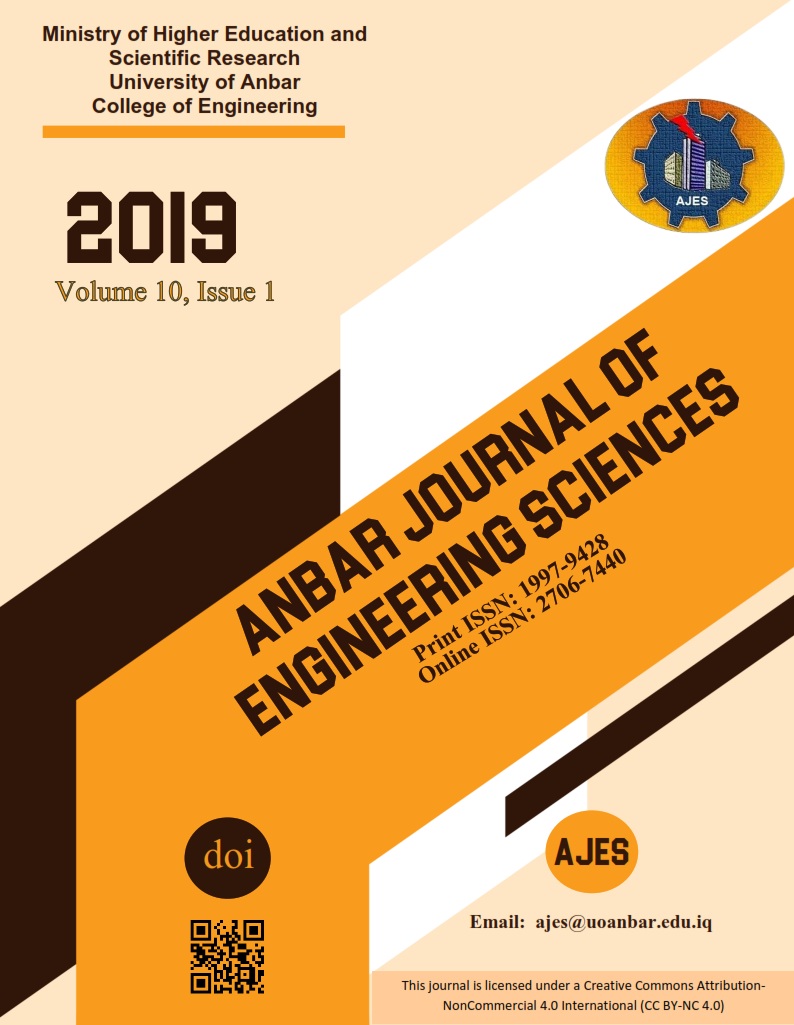Abstract
The aim of this paper is to in investigate the performance characteristics of counter flow wet cooling towers experimentally by varying air and water temperatures, fins angle, rate of air flow, rate of water flow as well as the evaporation heat transfer, along the height of the tower. The analysis of the theoretical results revealed before that the thermal performance of the cooling tower is sensitive to the degree of saturation of inlet air. Hence, the cooling capacity of the cooling tower increases with decreasing inlet air temperature whereas the overall water temperature fall is curtailed with increasing water to air mass ratio. From the experimental study the efficiency of the cooling tower and cooling tower characteristics are higher in case of low mass flow ratio due to higher contact area of water to air. Because of better contact area between airs to water the drop in performance of the cooling tower is less. The effect of fins angle on the thermal performance of counter flow wet cooling tower was predicted. The experimental study showed that the cooling range, cooling coefficient, , heat load , change in air relative humidity and cooling tower effectiveness increased with increasing fins angles and optimum fins angle obtained from this experimental work was 70 degree, at this angle all cooling tower performance has been calculated were better. While the approach increased with decreasing fins angles, the minimum approach was obtained for 70 degree fins angles and the maximum approach was obtained for 30 degree fins angles.
